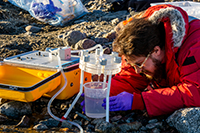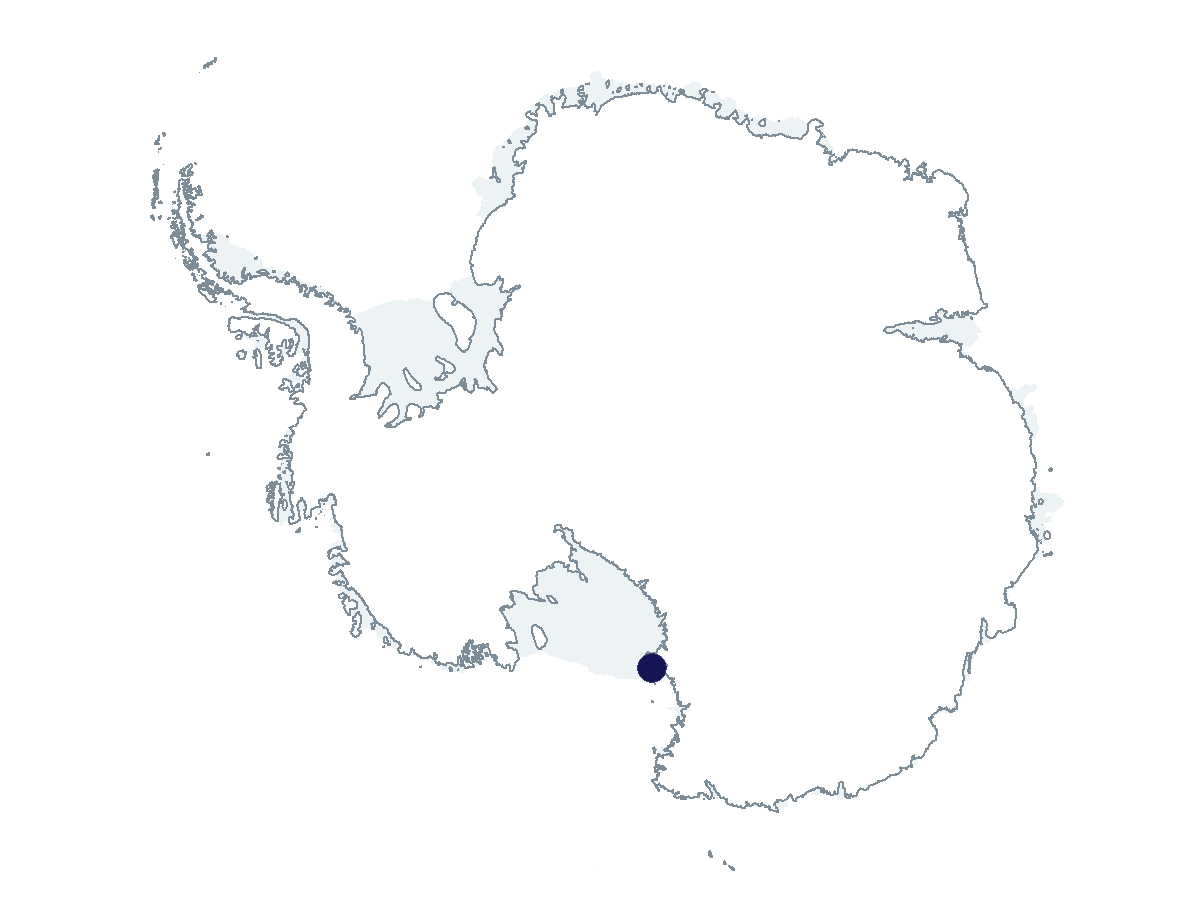2022-2023 USAP Field Season
Project Detail Project TitleMcMurdo LTER – Streams/Geochemistry: Ecosystem response to amplified landscape connectivity in the McMurdo Dry Valleys, Antarctica Summary
Event Number:
Program Director:
ASC POC/Implementer: Principal Investigator(s)
Dr. Michael N Gooseff
Project Web Site: Location
Supporting Stations: McMurdo Station DescriptionInitially funded in 1980, the U.S. Long Term Ecological Research (LTER) network is a collaborative effort of more than 1,800 scientists and students. The McMurdo LTER (MCM-LTER) program is a multi-disciplinary aquatic and terrestrial ecosystems study in the McMurdo Dry Valleys. It is one of 26 LTER sites where researchers study ecological processes over long temporal and broad spatial scales. Streams component researchers will continue to operate a network of 16 stream-flow gauges, collect water quality samples from 30 streams, and make hydrologic measurements. This six-year award cycle is comprised of seven collaborative projects: C-504-M (Gooseff), C-505-M (Priscu), C-506-M (Gooseff), C-507-M (Adams), C-508-M (Takacs-Vesbach), C-509-M (Gooseff), and C-511-M (Doran). Field Season OverviewThe LTER "Stream Team" will consist of three participants and will closely coordinate and share tasking and support with Gooseff (C-504-M). One participant will be based at McMurdo Station to support the team and conduct analysis of water samples that are returned from the field. The team will be based at Lake Hoare and F6 camps in Taylor Valley, and will use helicopter support to access sites in Taylor, Miers, Garwood, and Wright Valleys where they will conduct stream discharge measurements and water sampling. They will also travel to Cape Royds to assist C-509 with algal studies. After C-504-M departs, the Stream Team will take over late-season glacier mass balance and lake-level measurements. One graduate student will work on a project monitoring dissolved oxygen in Taylor Valley streams and the Onyx River. This work will be facilitated by new equipment deployment at these sites, and through deployment of stand alone small data logging sensors at existing stream gauges. The student will also install samplers in VonGuerard stream and some Fryxell basin streams to collect drift material. Deploying Team Members
|
2022-2023 Science Planning Summary



For USAP Participants |
For The Public |
For Researchers and EducatorsContact UsU.S. National Science FoundationOffice of Polar Programs Geosciences Directorate 2415 Eisenhower Avenue, Suite W7100 Alexandria, VA 22314 Sign up for the NSF Office of Polar Programs newsletter and events. Feedback Form |



